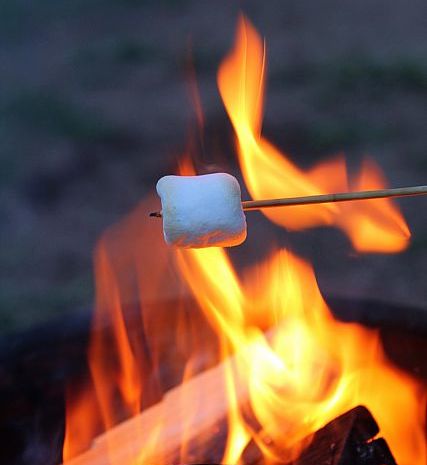How to Successfully Delete A Scene
 Kill it with fire! (Image credit: Imagebase.net)
Kill it with fire! (Image credit: Imagebase.net)
Is there a particular scene you’re having a really hard time with? Do you dread writing it, and just can’t come up with a way to make it more significant or fun for yourself? Or have you toughed through it, but reading it over makes you cringe?
Then have you thought about deleting that sucker outright?
This scene might be taking up unnecessary space in your story outline. Maybe you can gloss over the thing with a sentence or two and move on, sparing you time- and potentially removing a part your readers would’ve glossed over or been bored through.
Here are a few characteristics of a scene ripe for deletion:
- It does nothing to advance the plot. A side-event in which nothing significant happens. Everyone comes out of it exactly as they came in. No new information, no intrigue, no foreshadowing.
- It does nothing to develop the world or the characters. If a scene doesn’t move the story forward, it better be showing off the world and/or characters- helping the reader to understand the context in which the story is based, and acquainting us with its participants, who are ideally challenged constantly throughout the story.
- No conflict. The sun’s shining, everyone’s getting along, no problems lurking on the horizon. Careful- this can get Boring fast. No, not every scene needs explosions and car chases, but when everyone’s nodding along with each other, what is there to explore, reveal, question, or develop? In other words, what is there for the reader to care about?
- Routine stuff. As Alfred Hitchcock said, “What is drama but life with the dull bits cut out?” Getting dressed, brushing teeth, feeding the cat… unless it somehow illustrates character in a significant way, the reader doesn’t need to see it. Fast forward to the next point where things get interesting.
- Stuff that’s already been shown or explained in an earlier scene, with no extra significance. Constantly rehashing the same information- with no new facts, details, or speculation added- is not only needless, but potentially annoying to the reader. I got it the first time, thanks!
So, can you bulldoze your scene with a few recap sentences, or even a scene break (i.e. a line or set of stars * * * used to indicate transition or time passage)? Great, my work here is done!
But wait! you might be saying. Most of this scene sucks, but there are a few important things I can’t get rid of! What do I do?
If so, list out the important things your scene accomplishes. Now think: do they have to be accomplished here? Could you perhaps weave these important bits into a different scene?
I love using the technique of smashing two tepid scenes together, making a single, more interesting scene. Here’s an example…
Old Outline: First scene with a political VIP in a limousine, driving to a federal building as part of a motorcade, being followed by a crush of reporters. Second scene with the VIP at the building, having a long private conversation with his chief intel guy in a quiet conference room.
New Outline: One scene where the chief intel guy and VIP are in the limousine together, having their exchange while driving in the motorcade. They’re trying to talk as reporters shout through the windows and flashbulbs erupt around them. Now you’re adding conflict as these two allied characters struggle to concentrate around the tumult outside. You can show how these characters react to such pressure, as well as the information they’re exchanging.
Do you have any other favorite techniques for ditching unnecessary scenes? Let me know in the comments!